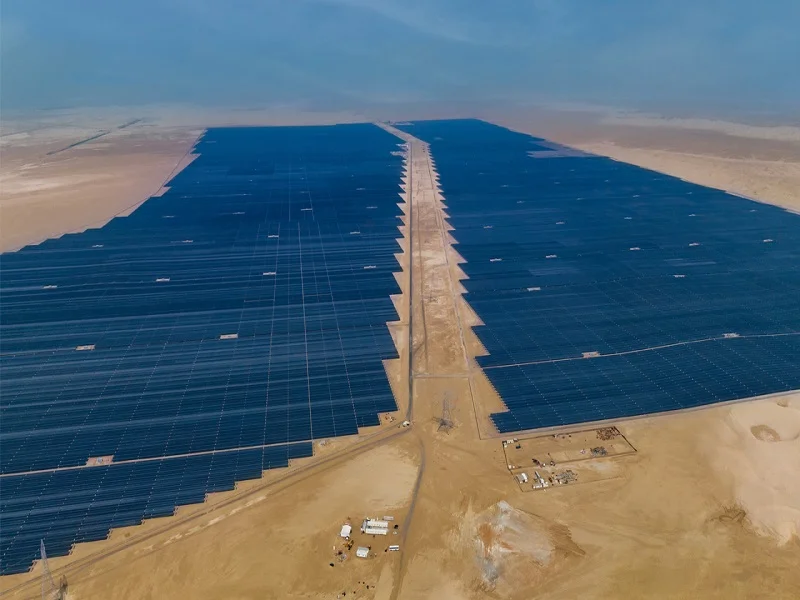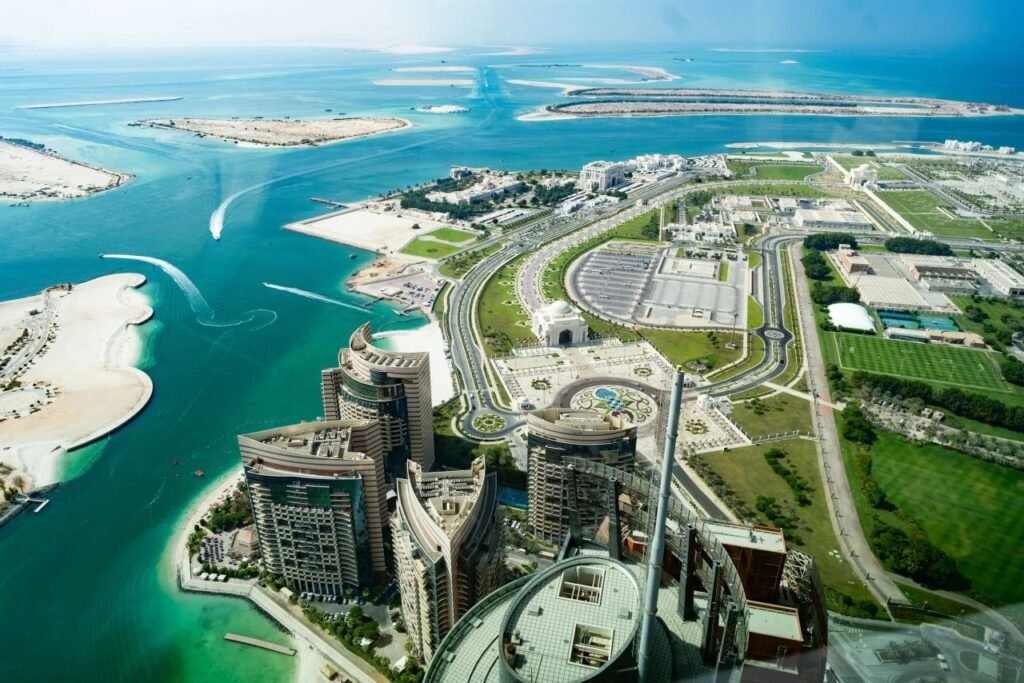
Abu Dhabi, known for its stunning juxtaposition of golden deserts and turquoise bays, is a hub of innovation and creativity. Situated 35 kilometers south of the city is a groundbreaking project that underscores this spirit—Al Dhafra PV2, the world’s largest single-site solar power plant. This landmark project is a shining example of the strategic collaboration between China and the UAE in the realm of clean energy and stands as a critical milestone in the region’s renewable energy journey.
The Al Dhafra PV2 solar power plant boasts an impressive grid-connected capacity of 2.1 GW, enabling it to meet the electricity demands of approximately 160,000 households across the UAE. This contribution is significant, helping the nation take major strides toward energy independence and sustainability. More than just providing power, the project is projected to slash Abu Dhabi’s annual carbon dioxide emissions by over 2.4 million metric tons—an impact equivalent to taking 470,000 cars off the roads. This massive reduction is instrumental in supporting the UAE’s broader environmental goals and commitment to global climate change initiatives.

However, the success of the Al Dhafra PV2 project is not just about scale; it’s also about resilience. The plant leverages Abu Dhabi’s abundant solar resources, but its location presents a unique set of environmental challenges. Extreme heat, frequent sandstorms, high winds, and a high level of corrosion risk pose formidable obstacles. These harsh conditions demand an exceptionally robust and reliable photovoltaic (PV) electrical conduit system to ensure the plant’s continuous operation and efficiency.
Addressing these challenges required a meticulous and comprehensive approach. The management of the Al Dhafra PV2 project combined high standards and decades of experience to ensure a seamless execution. A well-structured quality plan and comprehensive procedures were put in place, establishing a systematic approach to monitor and control every aspect of the project. The implementation of a risk matrix provided dynamic management and classification of equipment, allowing the team to proactively address any potential risks or vulnerabilities. This systematic approach ensured that all elements met the stringent requirements needed to withstand the challenging environmental conditions.

The Al Dhafra PV2 project not only highlights the UAE’s commitment to clean energy but also reflects a broader global trend towards sustainable development and energy transition. As Abu Dhabi continues to diversify its energy mix, this project serves as a pivotal model, showcasing how advanced technology, international cooperation, and strategic planning can lead to transformative outcomes.
Ultimately, Al Dhafra PV2 is not just a solar power plant; it is a beacon of progress and a testament to Abu Dhabi’s vision of a sustainable and energy-efficient future. The plant’s success will play a crucial role in supporting the UAE’s ambition to become a global leader in renewable energy, marking a new era of green transformation for the region.

